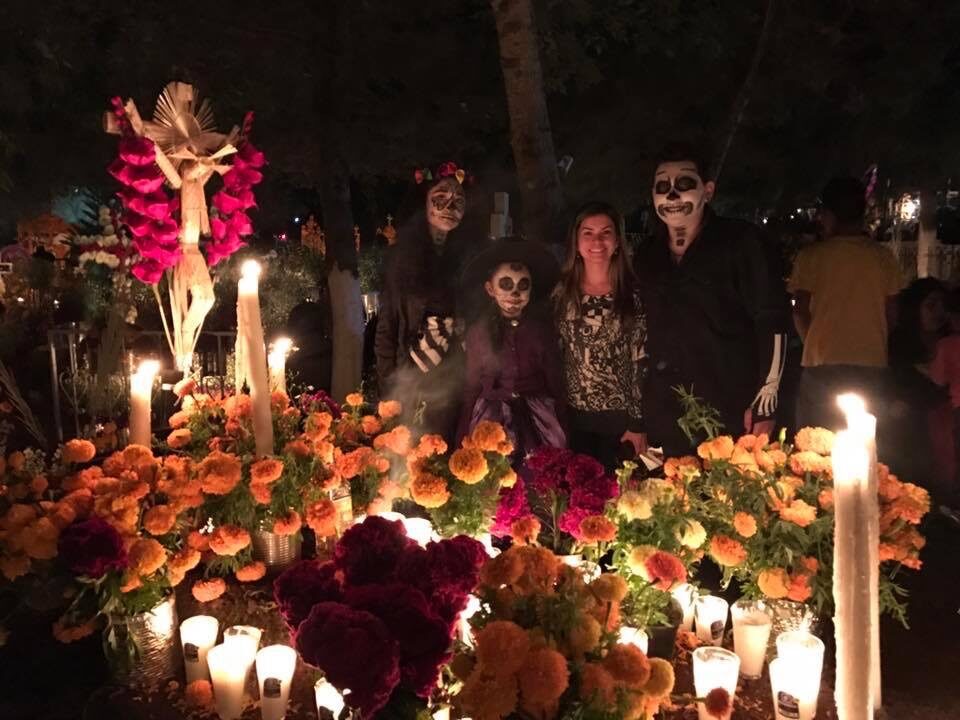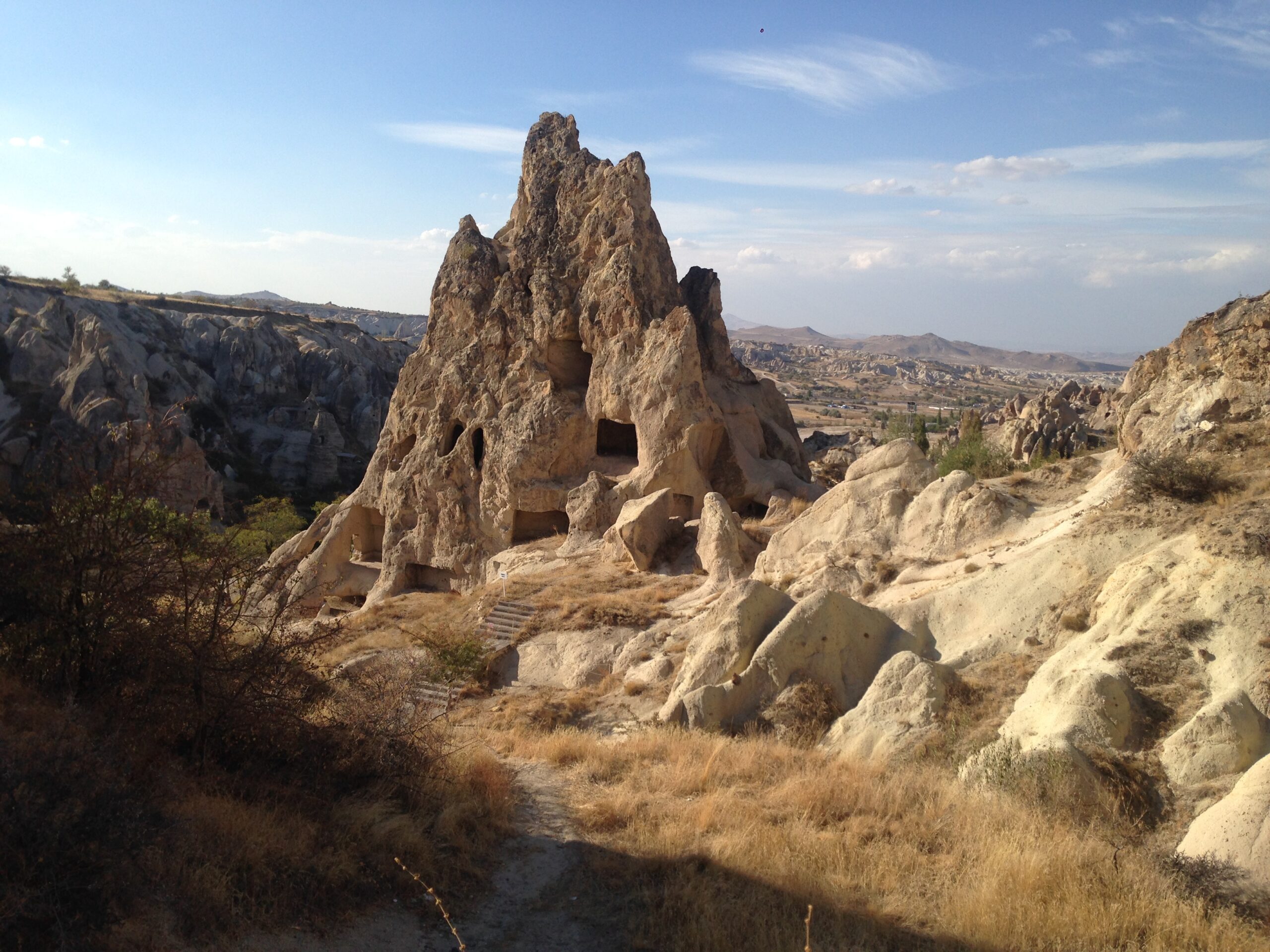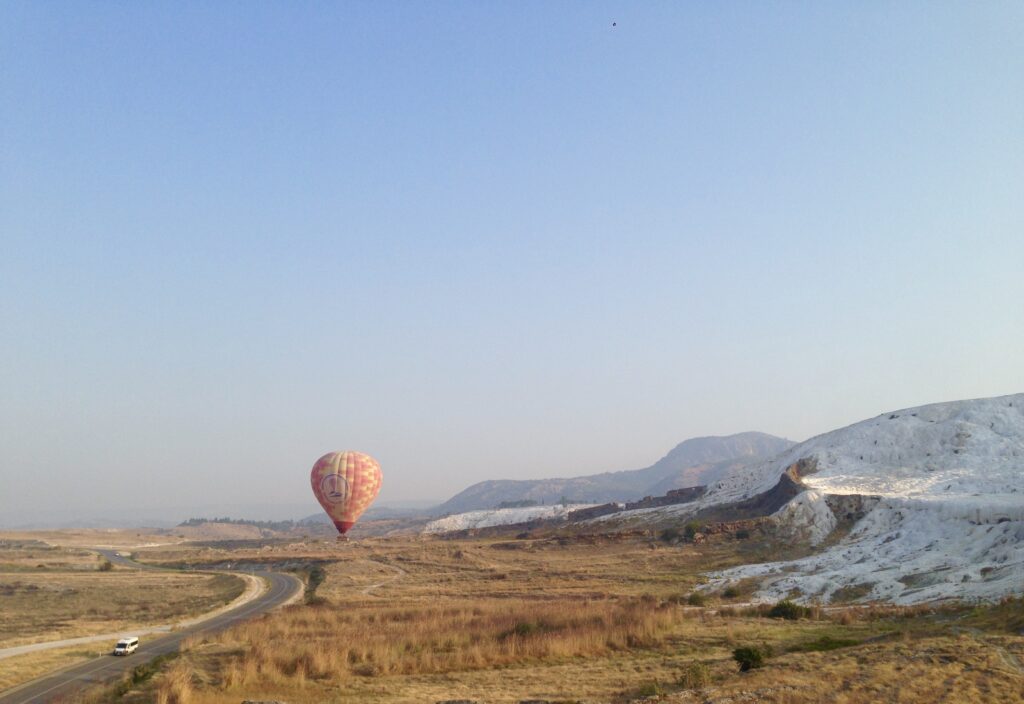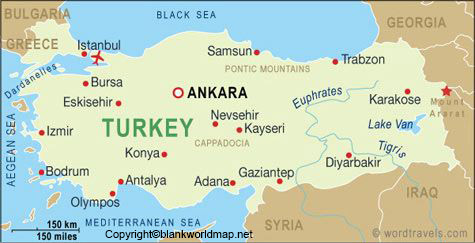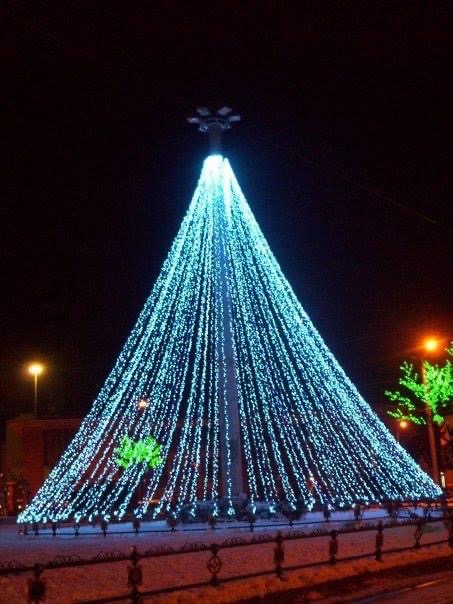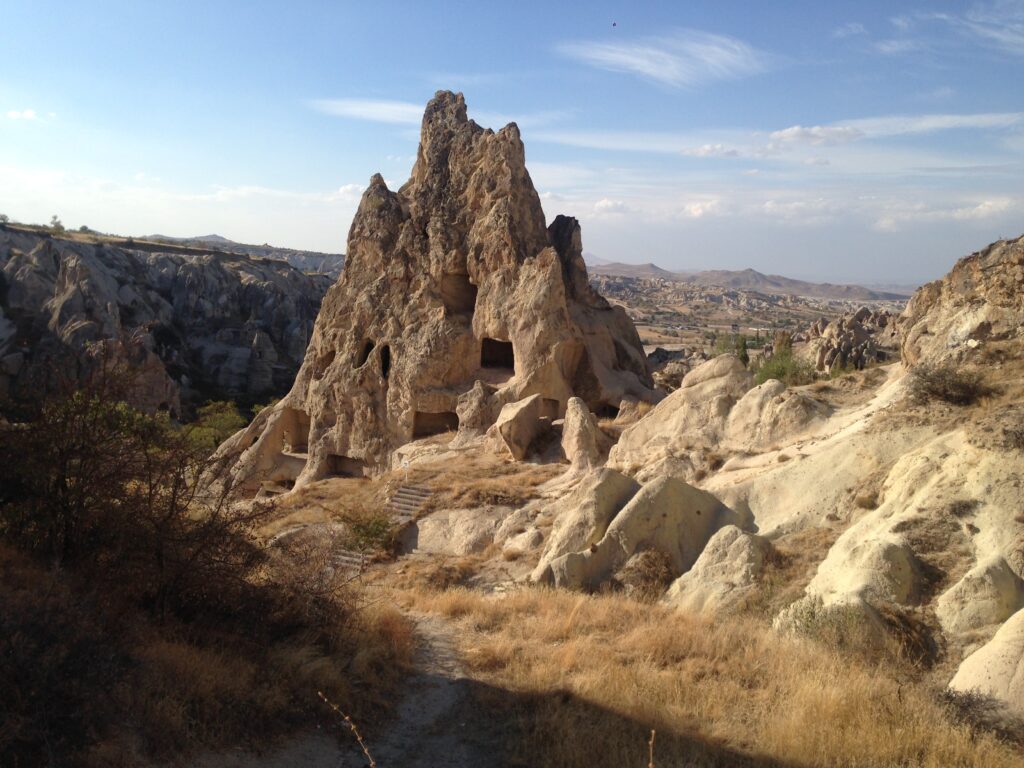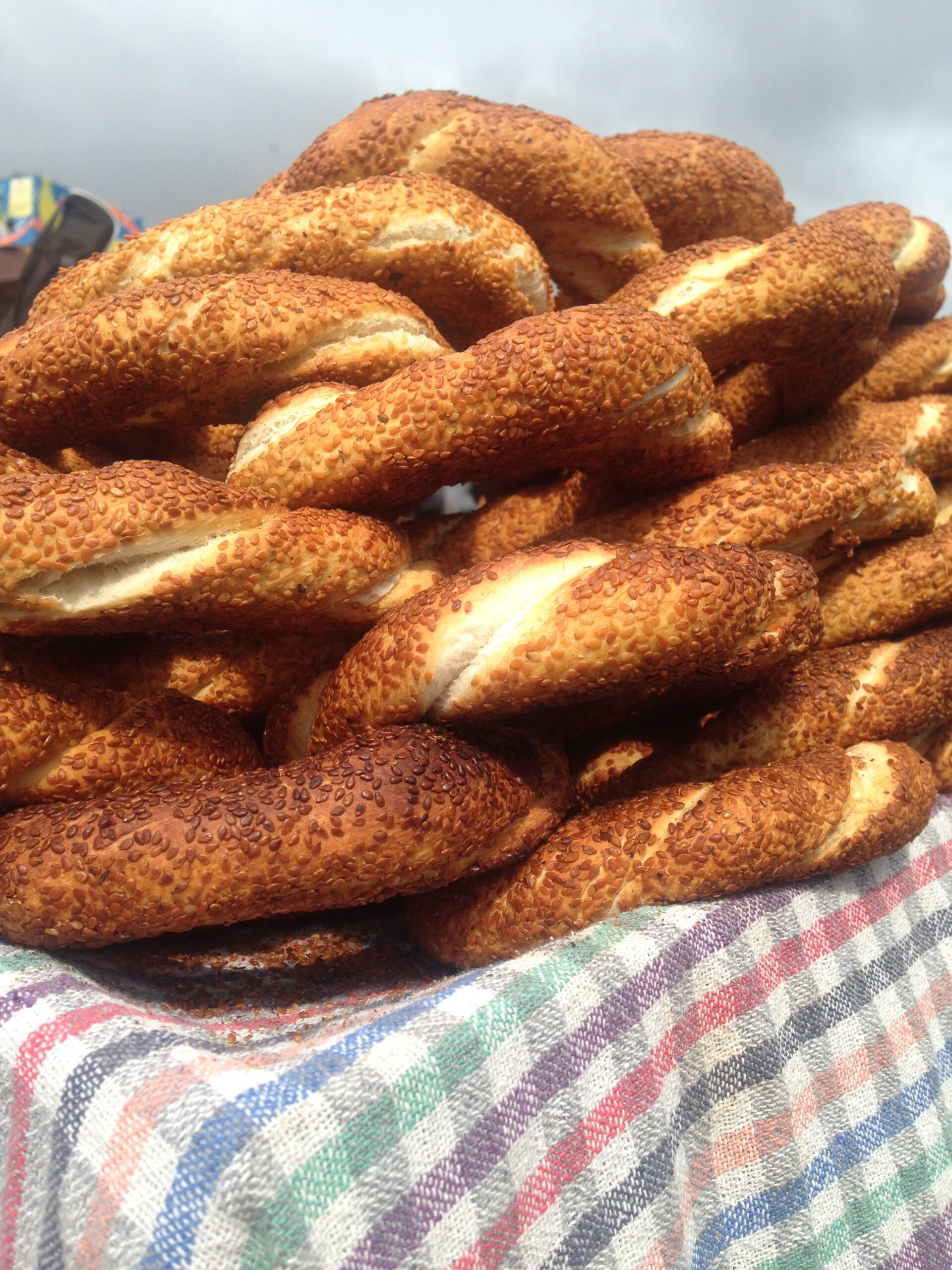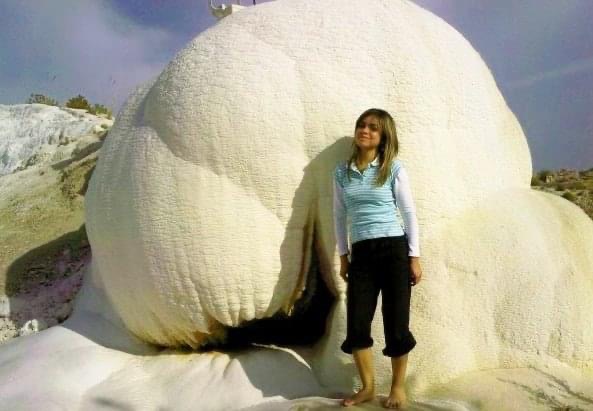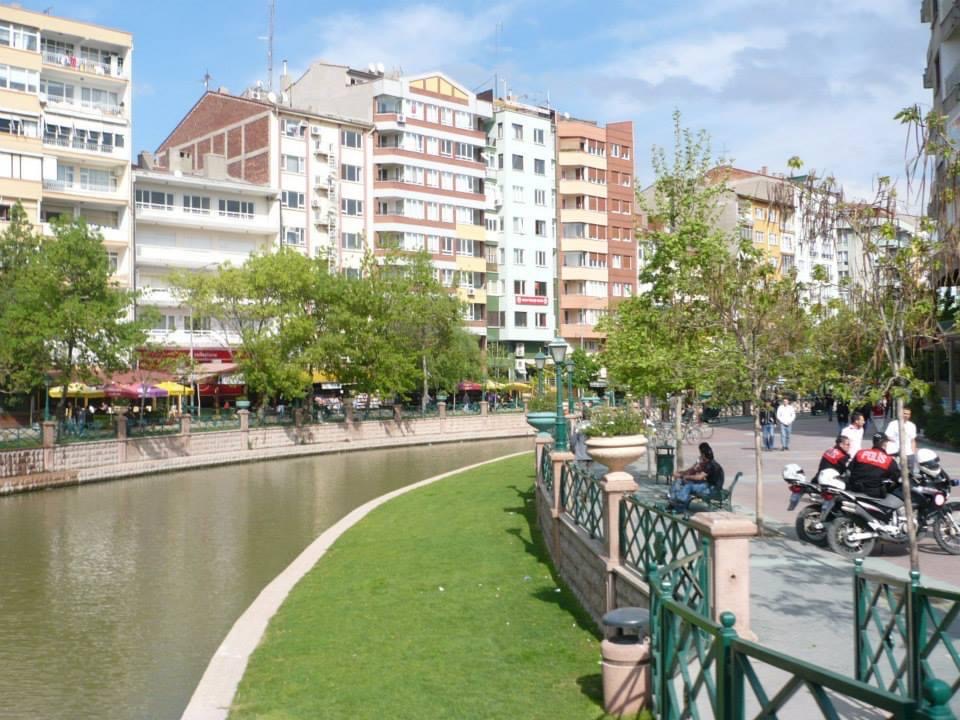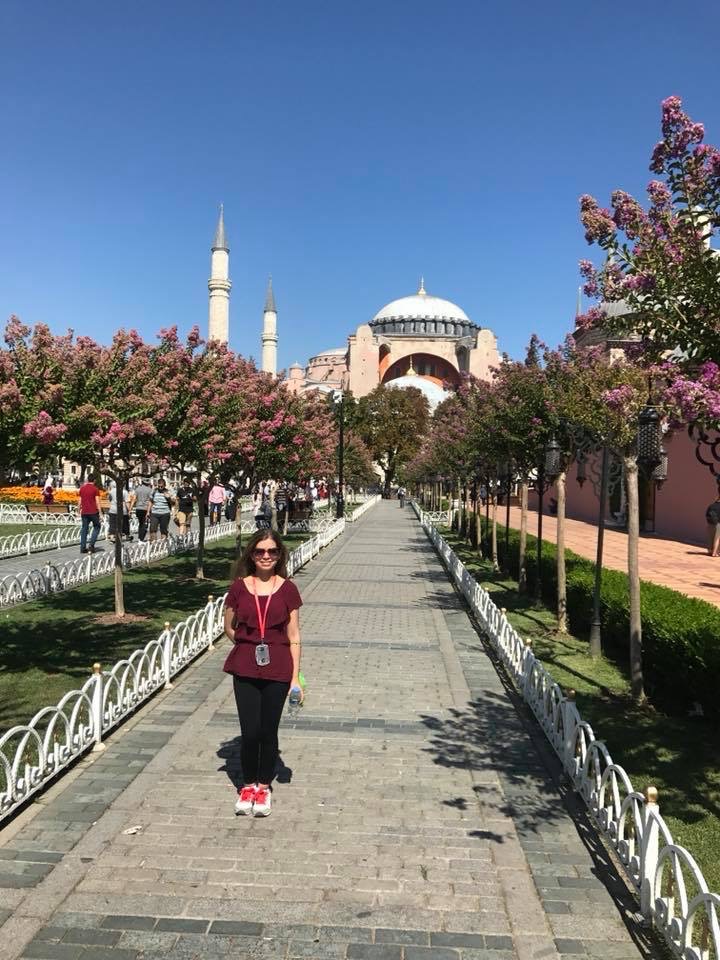Day of The Dead in Mexico
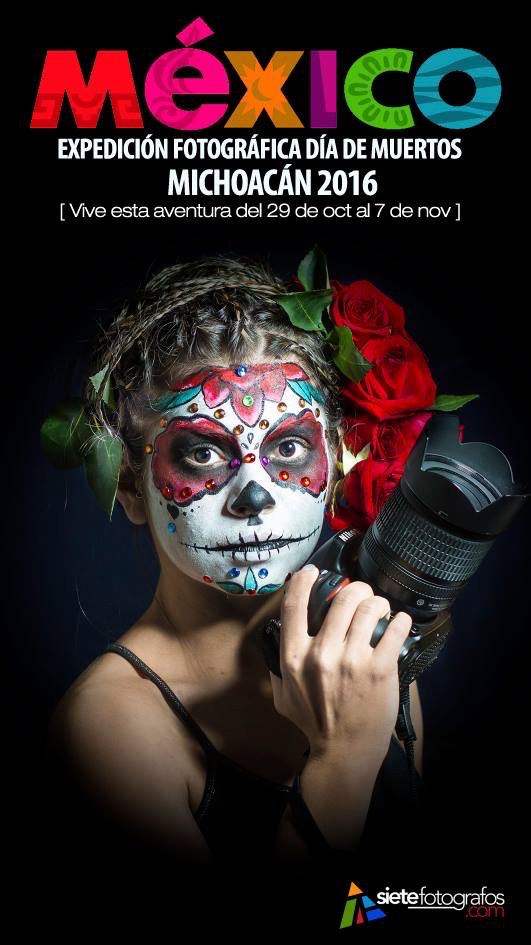
In 2016, I was lucky to join a photography expedition to document the Día de los Muertos in Mexico. I spent nearly a week starting on October 29. We visited the central region of Michoacán, which is mainly inhabited by the Purépecha indigenous group. Tzintzuntzan city, Lake Pátzcuaro and Janitzio island were some of the places we roamed. That’s how I could see people getting ready for this big event in its most traditional way, as well as the whole celebration.
The ghost
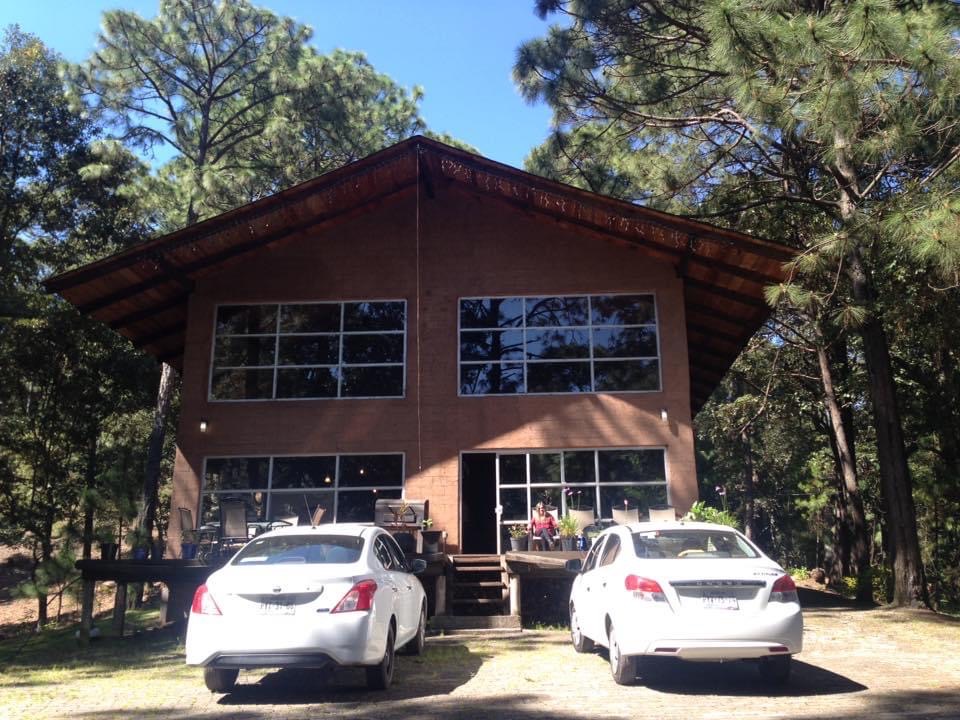
Perhaps this part may sound a bit fantastic, I know, but my travel mates were witnesses to this ‘paranormal’ encounter and can confirm what I experienced. We were staying in a beautiful cabin we had rented in the outskirts of Morelia city. One night, coming from a visit we paid to the altar decorations in Pátzcuaro, I saw how the knob of our private bathroom’s door was spinning as if someone was coming out. Suddenly, the door went open, but no one was there. I screamed out loud in fear. My husband reported seeing me walking backwards with an expression of utter horror in my face. Needless to say, I couldn’t sleep that night and left the lights on till dawn. A few weeks later, I found out the house belonged to the owners’ deceased grandmother. I guess this ghostly encounter was the perfect prelude for this adventure. Wasn’t it?
Mexican Tradition
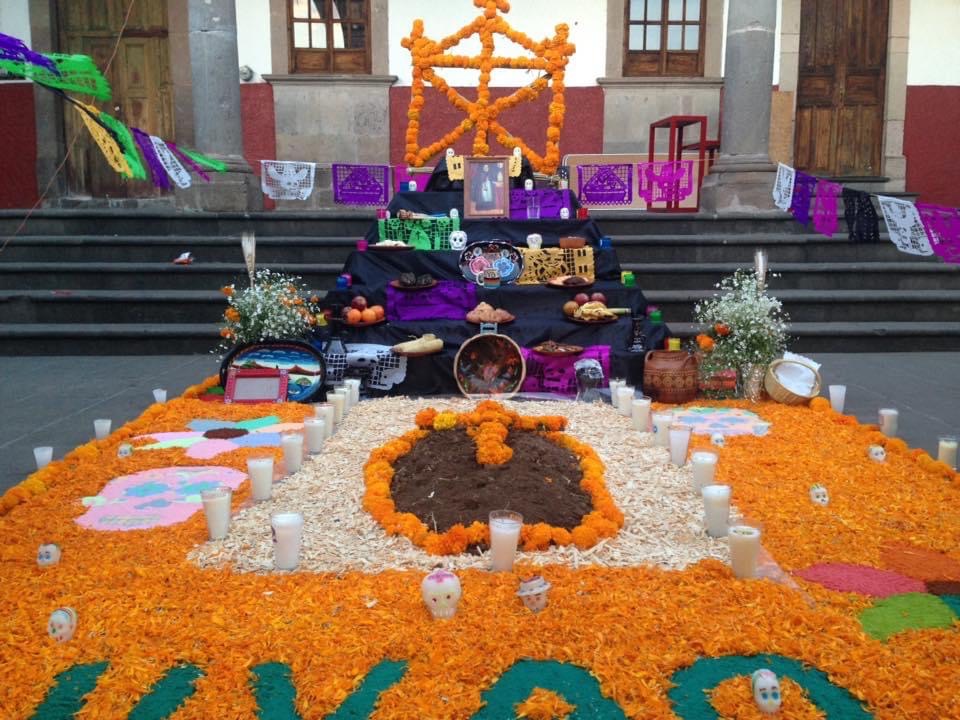
You might have probably seen animated movies such as The Book of life or Coco in which there is an amazing display of colors and music, and whose main theme is the celebration of the Day of the Dead in Mexico. What might be a bit surprising is that The Día de Muertos is a syncretism between an ancient Aztec indigenous tradition and the All souls’ Day holiday brought to Mexico by the Spanish, back in the 16th century. Ever since, this celebration is observed on November 1 and 2. However, families start preparing and decorating the altars a few days before.
Beyond the popular Catrina skulls and the parades, I came to the realization that local people’s beliefs about getting reunited with their beloved ones during one night a year, is the very core of this festivity.
Personally, I could experience lots of mixed feelings while watching a collective euphoria: families staying the whole night by the decorated graves and altars, honoring and awaiting for their beloved ones or as Mexicans call their deceased relatives –“los que se han adelantado”- the ones who are no longer here.
My own perspective on life and dead

As the no-nonsense person I am, I reckon that my views about life and death have always been influenced by the concept of detachment. That is to say, that our journey through life as we know it is temporary; I believe nothing material really belongs to anybody, not even our body. Nonetheless, there’s something that will always remain no matter what, the soul. This eternal energy transits from a physical existence to the most profound realm which is the so-called death.
From a more conservative view, death is something extremely sad you always need to grieve. And a cemetery is a dark and mournful place to be. Therefore, entering a graveyard at night, hearing excited and joyful people playing music while staying by the lit tombs, was quite revolutionary to me. It gave me a melancholic light of hope about feeling my granny’s presence on Earth again.
Before and after
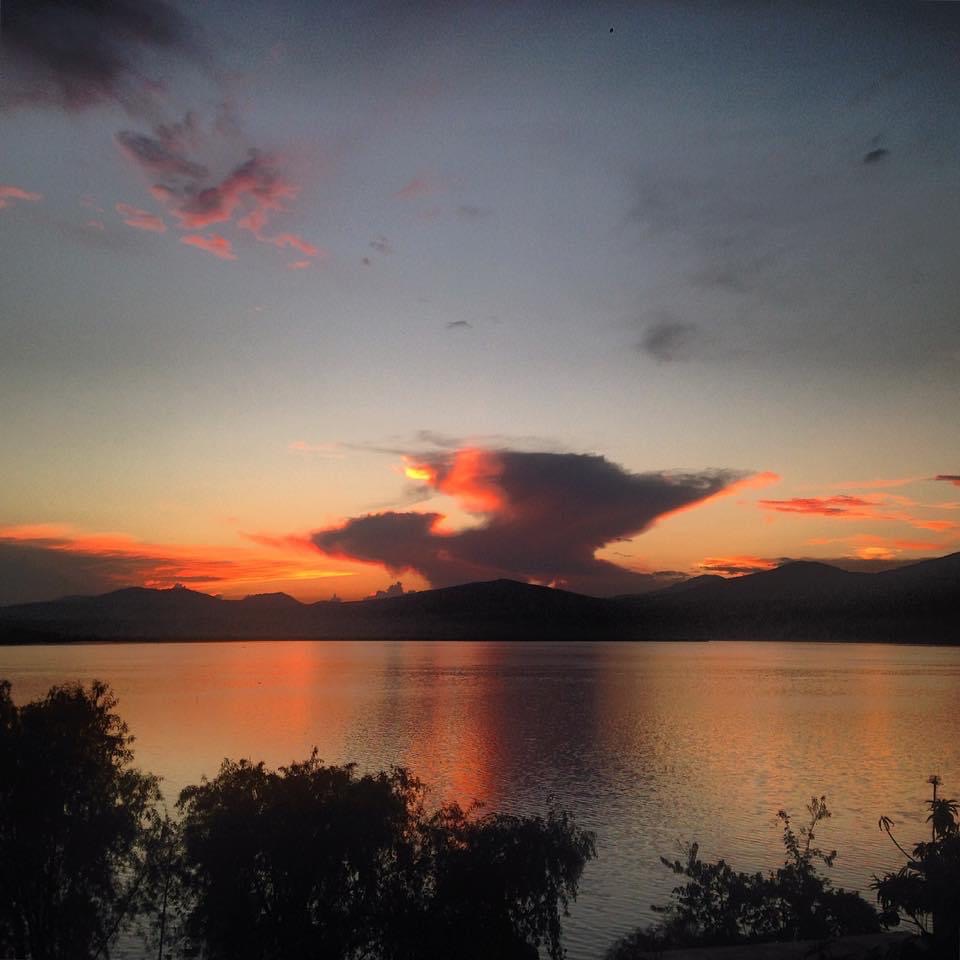
I must admit that my prior preparation for this trip was really poor. I was so caught up with the day-to-day situations at work and home that I had just seen some videos of the celebration and had barely read some historical facts about it. But after experiencing this festivity myself, I came to the conclusion that rather than a morbid depiction of death, as some people may think about it, this traditional Mexican celebration shows the thin line between this human experience and the afterlife; perhaps the latter is a way to continue with the former.
In my humble opinion, this is a life-changing experience you should live in order to have a better understanding of our Latin American culture.


